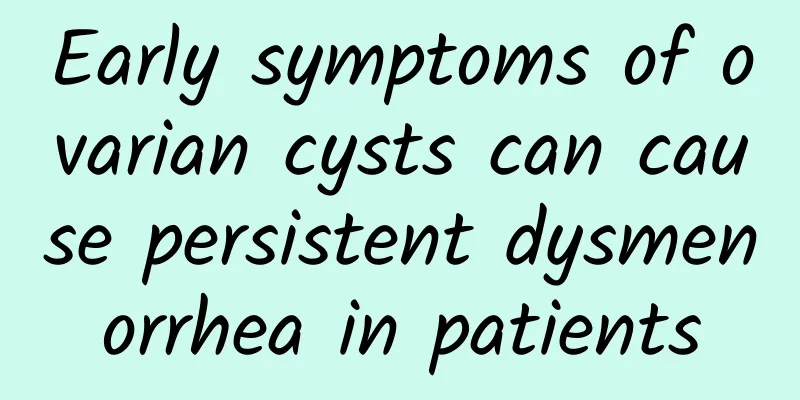Can CT scans be done in hospitals to check for chronic cervicitis? Four examination items for chronic cervicitis in women

|
When women have some symptoms of gynecological inflammation, such as abnormal leucorrhea, abdominal pain, leucorrhea with strange odor, etc., they will undergo some examinations to confirm the cause of the abnormal symptoms. Among them, chronic cervicitis will cause some discomfort. To confirm chronic cervicitis, of course, we cannot rely solely on some symptoms. We also need to go through some examinations to understand the condition. Female friends can learn about the examination items for chronic cervicitis. For the diagnosis of some gynecological diseases, in addition to getting a preliminary judgment through some symptoms, some examinations are still needed to confirm the diagnosis. Only by getting a clear diagnosis through examinations can better symptomatic treatment be given. So for chronic cervicitis, can it be detected through CT examination? What kind of examination items are generally required for chronic cervicitis? Let's learn about it together. To diagnose a certain disease, various examinations are indispensable, and CT examination is becoming more and more common. However, it also has certain limitations. It does not mean that all diseases can be detected through CT. For chronic cervicitis, if you want to confirm it, only CT examination is not enough. Gynecological examination is still needed, such as colposcopy, and if necessary, biopsy. There are four general methods for checking chronic cervicitis: 1. Cervical smear cytology examination is a routine examination for cervicitis. This examination method is simple, easy, cost-effective, and is the most important auxiliary examination and the preferred initial screening method for cancer prevention surveys. 2. Iodine test and naked eye observation method, this examination can detect at least 2/3 of the lesions. During the initial screening of cervical cancer, 3%-5% acetic acid solution can be used to smear the cervix, and then observe the reaction of the cervical epithelium to acetic acid, and finally take a biopsy from the white lesion area. 3. Colposcopy is the most direct way to detect chronic cervicitis. It can detect lesions that are invisible to the naked eye. Biopsy can be taken from suspicious areas during colposcopy, which can significantly improve the accuracy of the biopsy. 4. Gynecological examination, including checking the size, shape, texture of the cervix, the thickness of the cervical canal, and whether there is contact bleeding. In addition, check the vulva, vagina, uterus and paracervical tissues, such as ovaries, fallopian tubes, pelvic lymph nodes, etc., to better understand the condition. |
<<: How should women prevent cervical erosion? Six effective measures to prevent cervical erosion
Recommend
No matter how much lutein you take, it won't help~ Just because I love this one flavor
As the saying goes, "A cigarette after a mea...
How to prevent bacterial vaginosis
Bacterial vaginosis is a common gynecological dis...
What is the effect of uterine fluid accumulation on pregnancy
Most women suffer from this disease because they ...
Will pelvic inflammatory disease cause dizziness? Generally not.
Dizziness is a common symptom in daily life. Many...
What to do with uterine fibroids during pregnancy? Can uterine fibroids smaller than 6 cm be left untreated during pregnancy?
When uterine fibroids occur in pregnant women, th...
The harm of uterine fibroids to pregnant women
Many women are often found to have uterine fibroi...
Premature menopause in infertile women may lead to the development of uterine fibroids
There are many causes of uterine fibroids, and th...
One person eats for two? Dispelling misconceptions
After learning that she is pregnant, the expectan...
Can cervical erosion cause vaginal itching? Can sexual intercourse prevent cervical erosion?
The main cause of cervical erosion is inflammatio...
Treatment of cervicitis bleeding during pregnancy
Treatment of cervicitis bleeding during pregnancy...
What are the sequelae of uterine myomectomy?
Sequelae of uterine fibroid removal! As a common ...
Experts explain the harm of uterine fibroids to women
"What are the harms of uterine fibroids to w...
The most common symptoms of uterine fibroids
The appearance of uterine fibroids is very common...
Primary amenorrhea examination items
Primary amenorrhea is seen in patients with conge...
Introduction to some specific knowledge on the treatment of ovarian cysts
For the treatment of early ovarian cysts, it is v...









